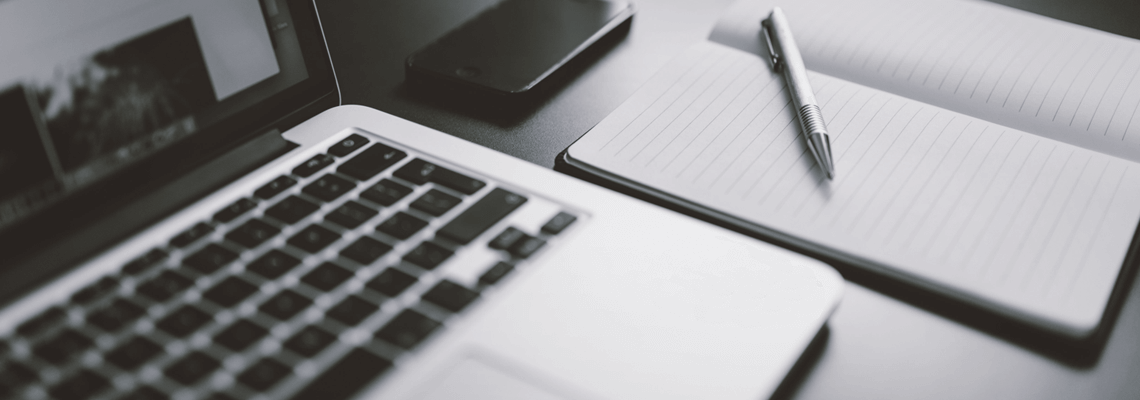
Keep Your Vehicle Through Cramdown
If you can’t afford to pay your vehicle payments even after writing off your other debts under Chapter 7, consider a Chapter 13 loan cramdown.
The last two blog posts have been about keeping your vehicle in a Chapter 7 case. Two weeks ago was about the benefits of reaffirming the vehicle’s loan. Last week was about possible ways of keeping the vehicle by making the loan payments but not reaffirming. These all assumed that you would keep on making the full monthly payments in order to keep the vehicle.
But what if you can’t afford the full monthly payments? Are there any other options if, even after getting rid of your other debt, you can’t pay the vehicle payments?
The answer: you may be able to reduce the vehicle payments through Chapter 13 cramdown. In fact, you may be able to significantly reduce the payments. And cramdown may give you some other huge financial benefits.
Reducing Monthly Payments Through Cramdown
Chapter 13 “adjustment of debts” is very different from Chapter 7 “straight bankruptcy.” It takes much longer but Chapter 13 comes with some significant advantages. This includes the possible cramdown of your vehicle loan.
Under Chapter 13 you and your bankruptcy lawyer come up with a court-approved payment plan. That plan just about always significantly reduces what you pay monthly towards your debts. And if you successfully complete the plan you usually pay significantly less overall towards your debts.
Similarly, under cramdown you can often reduce both your monthly payment and the total you pay on your vehicle loan.
How Does Cramdown Work?
Your Chapter 13 payment plan treats secured debts and unsecured debts very differently. In general, secured debts need to be paid in full if you want to keep whatever the debt is securing. Unsecured debts usually only need to be paid as much as there’s money available to pay them.
So what if a secured debt—such as a vehicle loan—is only partially secured? That happens if the vehicle is worth less than the balance owed on the loan. The secured part of the loan is the amount equal to the value of the vehicle. The unsecured part is the rest of the loan balance—the part that effectively has nothing securing it.
Here’s a simple example. Let’s say you’d been paying for 3 years on a vehicle loan, you now still owe $15,000 but the vehicle is worth only $9,000. The secured portion of that vehicle loan is $9,000 and the unsecured portion is $6,000.
Recalculating the Payment Amount
Cramdown re-writes your vehicle loan so that your monthly payment gets calculated on only the secured part of the loan. In our example, your monthly payment now pays down only the $9,000 secured debt instead of the full $15,000 balance. Since the secured amount is less than the full loan balance, the new monthly payments are usually less.
The monthly payment is also reduced when those payments are stretched out over a longer period. They can extend as long as your Chapter 13 payment plan lasts, which is usually 3 to 5 years.
In addition, cramdown sometimes lowers the vehicle loan’s interest rate. That helps if your contract interest rate is high.
Combining all this, cramdown reduces your monthly payment by reducing the total amount it is paying off (the secured part of the loan), sometimes stretching the payment term out over a longer period, and often reducing the interest rate.
As a result, it’s not unusual for monthly payments to be chopped in half, or even better. It all depends on the details of your vehicle loan and on your finances going forward.
What Happens to The Unsecured Part?
In our example, what happens under Chapter 13 cramdown to the remaining $6,000 unsecured part of the vehicle loan?
It’s lumped in with and treated just like your other “general unsecured” debts. Most of the time a Chapter 13 payment plan pays these low-priority debts only as much as you can pay them, if anything. That is, you pay “general unsecured” debts only AFTER paying the “priority” and secured debts.
There are exceptions, but this usually means you pay the unsecured part of your vehicle loan only if and to the extent you have money left over after paying other debts during the course of your payment plan. At your case’s completion any remaining amount gets “discharged,” permanently written off, along with your other “general unsecured” debts.
Qualifying for Cramdown, Other Considerations
Next week we’ll get into timing and other considerations in qualifying for a Chapter 13 vehicle loan cramdown.
